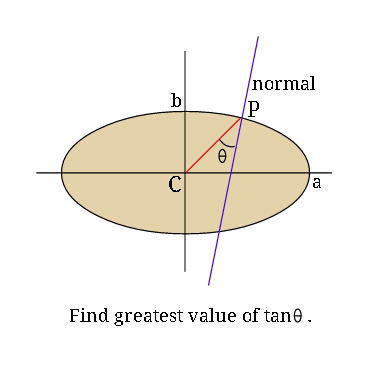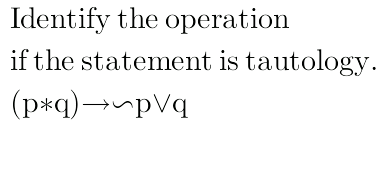
AllQuestion and Answers: Page 1813
Question Number 28479 Answers: 1 Comments: 0

Question Number 28475 Answers: 0 Comments: 0

Question Number 28468 Answers: 0 Comments: 0
Question Number 28467 Answers: 2 Comments: 1

Question Number 28464 Answers: 1 Comments: 0

Question Number 28461 Answers: 0 Comments: 2

Question Number 28456 Answers: 1 Comments: 1

Question Number 28448 Answers: 1 Comments: 0
Question Number 28449 Answers: 2 Comments: 0

Question Number 28446 Answers: 0 Comments: 0
Question Number 28445 Answers: 0 Comments: 0
Question Number 28444 Answers: 0 Comments: 0
Question Number 28442 Answers: 0 Comments: 0
Question Number 28688 Answers: 0 Comments: 0

Question Number 28439 Answers: 0 Comments: 0
$${find}\:\:\int\:\:\frac{\mathrm{1}+{tanx}}{\mathrm{1}+{sin}^{\mathrm{2}} {x}}{dx} \\ $$
Question Number 28438 Answers: 0 Comments: 0
Question Number 28437 Answers: 0 Comments: 0
Question Number 28436 Answers: 0 Comments: 0
Question Number 28435 Answers: 0 Comments: 0
Question Number 28434 Answers: 0 Comments: 0
Question Number 28433 Answers: 0 Comments: 0
Question Number 28432 Answers: 0 Comments: 1
Question Number 28431 Answers: 0 Comments: 0
Question Number 28430 Answers: 0 Comments: 1
Question Number 28429 Answers: 0 Comments: 1
Question Number 28428 Answers: 0 Comments: 1
Pg 1808 Pg 1809 Pg 1810 Pg 1811 Pg 1812 Pg 1813 Pg 1814 Pg 1815 Pg 1816 Pg 1817
